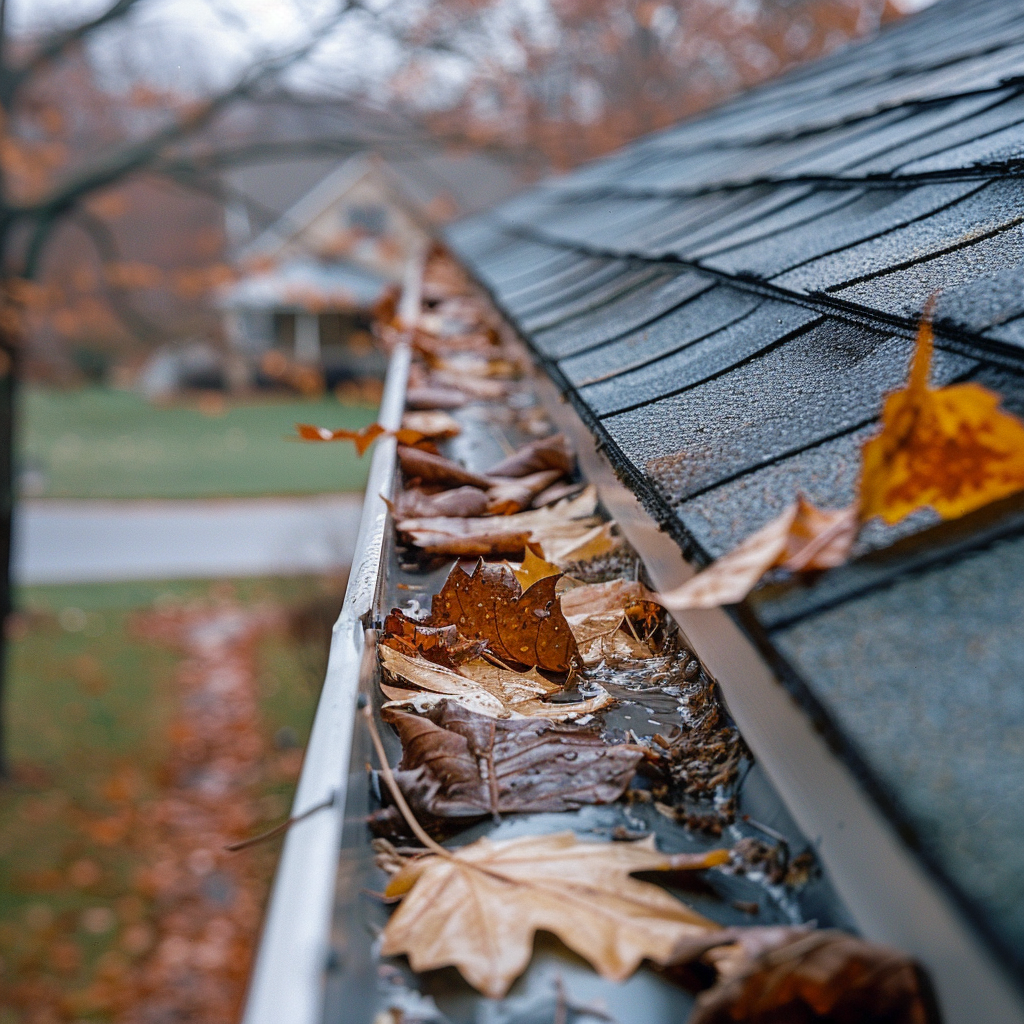How to Get Rid of Standing Water in Your Basement
Discovering standing water in your basement can be alarming. In six steps you can restore your basement back to a safe space:
Assess the situation and ensure safety
Identify the source of water
Remove the standing water
Dry out the basement
Clean and disinfect the area
Prevent future flooding
If you find yourself in this situation, here’s a guide on how to get rid of standing water in your basement.
Assess the Situation and Ensure Safety
The cause of the flooding could be many reasons:
Heavy rain
A burst pipe
Groundwater seeping in
Addressing the issue quickly is crucial to prevent further damage. Standing water poses a risk to the structure of your home. It can also lead to mould growth which results in a health hazard.
Before you do anything, make sure the situation is safe. Standing water can be a serious hazard. Check if electrical appliances have come into contact with water.
Turn off electricity:
If water is near electrical outlets, switch off the power supply to the basement.
Wear protective gear
Equip yourself with the following:
waterproof boots
gloves
protective clothing
Check for grey or black water
If the floodwater is black or grey in colour, do not enter without PPE. Grey or black floodwater means there is risk of contamination from harmful bacteria. It is advisable to contact a professional service at this point. If you decide to tackle it yourself, ensure use of full PPE including filtered mask and coveralls.
You can view our flood restoration service here.
Identify the Source of Water
Finding the source of the flooding is essential before you start the cleanup process. The water may come from a variety of sources, such as:
Leaking pipes
Look for cracks or leaks in plumbing.
Foundation cracks
Check the walls and floors for any cracks where groundwater may be seeping in.
Clogged gutters
Gutters and downspouts that do not drain can cause water to pool around the foundation.
Once you’ve identified the cause, take steps to repair the source to prevent further water damage.
Remove the Standing Water
There are several ways to remove standing water.
Wet Vacuum:
If the amount of water is small (a few inches or less), you can use a wet vacuum to suction up the water.
Pump System:
For larger volumes of water, a submersible pump may be necessary.
Buckets and Mops
For minor flooding, using buckets and mops can help, but this method is more time-consuming.
Be sure to ventilate the area during this process to help in drying out the space and avoid mould growth.
Dry Out the Basement
After the standing water has been removed, the next step is to dry out the basement. Leaving moisture behind can cause mould and structural damage to develop over time. Here’s how to ensure your basement is completely dry:
Dehumidifiers:
These are crucial in removing excess moisture from the air.
Fans:
Place fans around the basement to increase airflow and speed up the drying process.
Open Windows and Doors
If possible, open windows and doors to allow natural ventilation.
It may take several days to fully dry out the basement, so keep monitoring for dampness.
Clean and Disinfect the Area
Once your basement is dry, it's essential to clean and disinfect all affected areas. Standing water can harbour bacteria, especially if the cause of the flooding is a sewage back up.
Clean all surfaces with a mixture of water and a professional disinfectant to kill bacteria. This is an important step to prevent mould growth.
Dispose of any materials that cannot be saved, such as carpeting or damaged furniture.
Prevent Future Flooding
To prevent future flooding and keep your basement dry:
Install a Sump Pump:
If you do not have one already, a sump pump can be a crucial investment in preventing basement flooding. It pumps water out before it accumulates.
Repair Foundation Cracks:
Fill any cracks in your foundation with waterproof sealant to prevent water seepage.
Improve Drainage Around Your Home:
Ensure that the grading around your home slopes away from the foundation. Keep gutters and downspouts clear to direct water away from the house.
Why a Professional Flood Restoration Service is Essential
DIY methods are useful to resolve a minor flood. A significant basement flood is best handled by a professional flood restoration service. Here at Emergency Clean UK, we can provide a rapid response to restore your basement.
Call us now on 0333 772 2130 or email us info@emergencycleanuk.co.uk.
Advanced Equipment
We can provide high powered pumps and industrial dehumidifiers. Our specialised tools will remove water and dry out your basement faster than domestic equipment.
Health and Safety:
As mentioned, standing water can be a biohazard. Our trained teams will use the correct PPE and equipment to restore your flooded basement.
Insurance Claims:
If you have insurance cover for the flood damage, we can help with the process. As part of the process, we will document damage and provide reports for your insurance.







